Secrets of planting and caring for tomatoes
There are summer residents who prefer to grow tomato seedlings themselves. And there are those who do not bother themselves with worries and buy ready-made seedlings on the market. Regardless of which category a lover of these wonderful plants belongs to, any of them is faced with issues of planting and caring for tomatoes.
Let's learn how to plant tomatoes and properly care for them to get a good harvest.
Advantages and disadvantages of planting in open ground
There are two ways to grow tomatoes:
- in a greenhouse;
- in open ground.
Let's look at the advantages and disadvantages of growing tomatoes in open ground:
| Advantages | Flaws |
| Plants do not become over-watered. This reduces the likelihood of them getting sick. | Not all tomato varieties are suitable for growing outdoors |
| Tomatoes grow stronger and more hardened. | It is impossible to regulate the temperature of air and soil. The harvest is directly dependent on weather conditions. |
| Less effort is required to care for plants. | Tomatoes grow slower than in a greenhouse. They do not always have time to fully ripen. Due to the short summer, the fruits are often harvested green. |
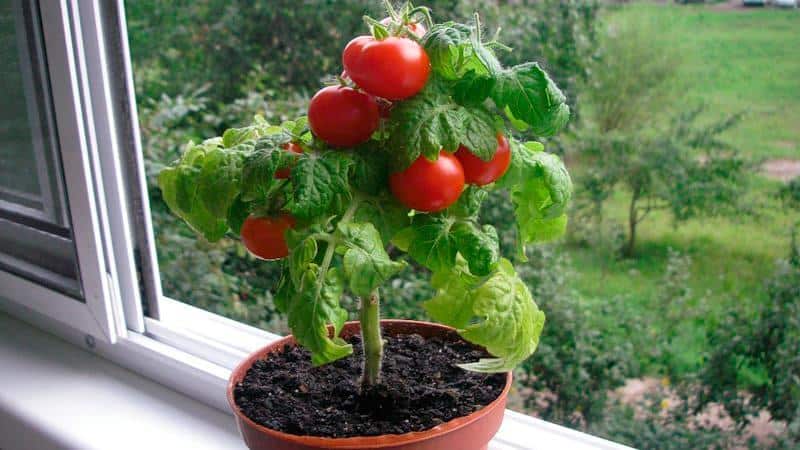
When and how to sow seeds
Tomatoes in Russian latitudes, due to the short summer and unpredictable weather conditions, they are mainly planted in seedlings. This means that the seeds are germinated long before planting in the ground or greenhouse, and the seedlings are then transplanted. This allows you to shorten the growing season and get the desired harvest earlier.
On average, sowing is done 55-70 days before planting the seedlings in the main place. Sowing begins early, in February - March. Seeds germinate five to nine days after sowing. Before planting in the ground or greenhouse, gardeners grow them at home on the windowsill.
Seed selection
When choosing seeds for planting, pay attention to:
- variety resistance to atmospheric changes (for example, heat, frost, drought), especially if you plan to grow tomatoes in open ground;
- the yield of the variety - the higher it is, the better;
- density of the fruit pulp: consider the purpose of cultivation - if you want to preserve the crop, then pay attention to elastic varieties with dense pulp;
- Does the soil on your site match that recommended by the tomato seed manufacturer for growing it?
Growing and preparing seedlings
Before planting seeds for seedlings, you need to:
- treat the seeds in a solution of potassium permanganate;
- keep them in a growth stimulator solution.
Some manufacturers sell seeds already processed. Pay attention to the information on the packaging.
It is best to plant tomato seeds in peat pots (later it is convenient to replant the tomato along with the pot to a permanent place). If you don't have them, plastic cups or any other containers will do.
The depth of seed placement is one and a half to two centimeters. After sowing, the pots are covered with film (to create a microclimate favorable for seed germination) and placed in a warm place. When the shoots appear, they are brought out into the light (usually placed on the windowsill).
Important! Water the small sprouts carefully using settled water.
When the tomato has two true leaves, the plants are planted (picked) into separate containers, in which they remain to grow until planted in the main place.
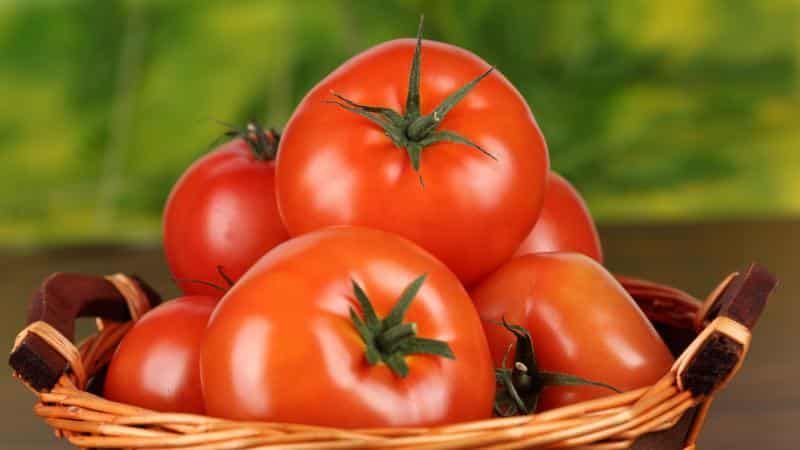
Choosing a landing site and preparing it
The planting site should be well lit, because tomatoes love light. Therefore, it is better to choose areas that are not shaded by neighboring trees or structures.
Regardless of where you will plant tomatoes (in a greenhouse or in open ground), it is advisable to place the beds on the site from east to west. With this placement, the tomatoes will be provided with uniform lighting and warming throughout the day.
Attention! It is not advisable to plant tomatoes in a greenhouse together with neighboring plants that need high humidity. For example, with cucumbers. Tomatoes get sick from high humidity.
Soil preparation consists of the following steps:
| Gardener actions | Execution Features |
| Soil disinfection | It is advisable to completely replace the soil in the greenhouse on which tomatoes were already grown last year. If this is not possible, then to disinfect the soil, pour boiling water or a solution of copper sulfate (at the rate of one tablespoon per liter of water). |
| Digging the soil and fertilizing it | Digging involves mechanically turning over layers of soil. When digging, it is advisable to add humus (up to 5-6 kg per square meter) and sprinkle the ground with ash or ashes (1 cup per square meter). |
Planting seedlings in the ground
Let's look at how to properly plant tomatoes in the soil. Each tomato grower chooses a scheme for planting tomatoes in his garden based on the characteristics of the site (for example, the width of the ridges, the possibility of free access from different sides) and his preferences.Seedlings are planted either in one row or in several, as well as in a checkerboard pattern.
To plant, dig a hole or trench in the prepared bed, into which the tomatoes are planted. Water the soil before planting.
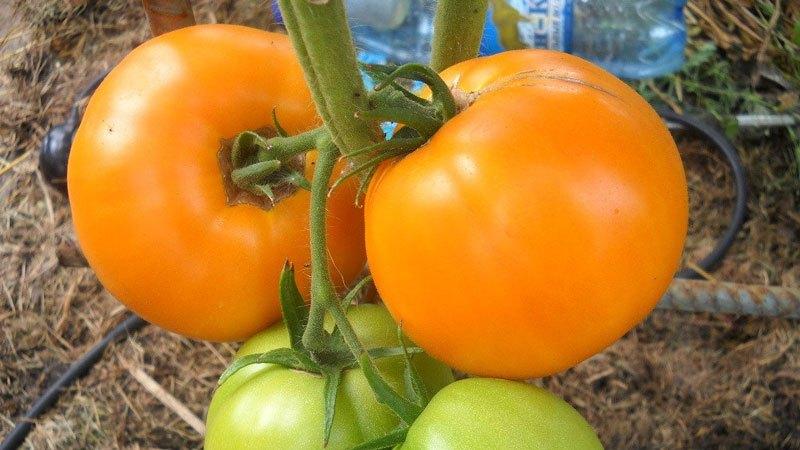
When planting tomatoes, tomato growers maintain the following distances:
| Type of landing | Gap between tomatoes in a row, cm | Gap between rows of tomatoes, cm |
| Low and medium-growing tomatoes | 40 | 50-60 |
| Tall tomatoes with one stem (determinate) | 30 | 45-50 |
When to plant tomatoes in open ground? Each year this may be different. Everything depends on weather conditions. It is important that before planting the seedlings, the soil is well warmed up and the average daily temperature is at least 13 degrees Celsius. There should be no threat of frost on the soil. Some tomato growers To protect tomato plants planted in open ground, cover the tomatoes with film at first.
Secrets of caring for tomatoes
After the tomato seedlings take root in a new place, experienced tomato growers recommend carrying out a whole range of plant care measures to obtain a good harvest.
Among them:
- hilling;
- watering and fertilizing;
- stepsoning;
- garter;
- disease prevention;
- removal of leaves.
Hilling
Hilling up tomatoes will help strengthen the plant's root system. This should be done at the moment of root growth. Watch the tomato and it will tell you when it’s time for hilling.
Root buds (pimples) or a slight purple hue will appear above the ground at the base of the trunk or at the bottom of the trunk. This means that it is advisable to add a layer of earth to cover the ground part of the trunk. Soon, full-fledged roots will form there, which will improve the nutrition of the plant.
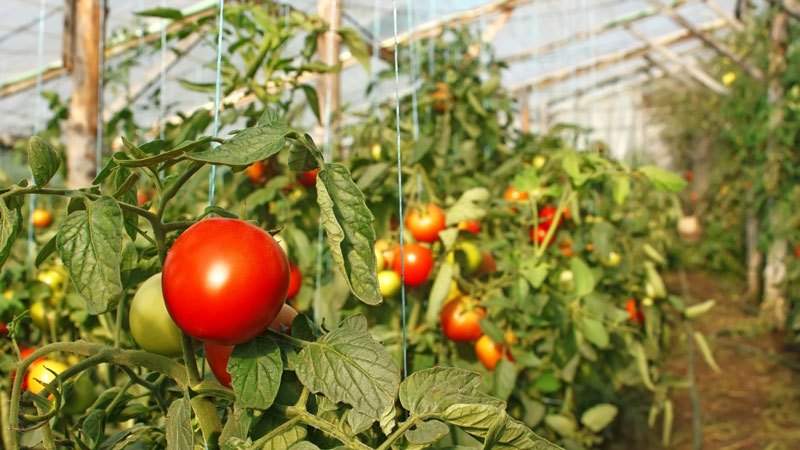
Watering
Tomatoes are considered a drought-resistant crop.But since in Russia they are grown mainly by seedlings, in which the plants’ root system is not as fully developed (as with the non-seedling planting method), the roots do not penetrate so deeply into the soil. As a result, the tomato itself cannot obtain the missing moisture from the depths of the earth. This means that it needs additional watering.
In the first two weeks after planting seedlings, watering should not be excessive.. The plant must take root and develop its root system in a new location. If you overwater the tomatoes at this time, they will poorly develop their roots and most of them will remain in the surface layer of the soil.
Subsequently, tomatoes need to be watered on average 1-2 times a week. But it is better to focus on the weather and the condition of the plants. Experienced gardeners water tomatoes when the tips of the plant leaves begin to droop slightly. This is a signal that the water pressure inside the plant has decreased, and the tomato asks to be watered.
Garter
To tie a tomato means to give it additional support, to secure it. If the garter is not done, the tomato bush will either break or fall to the ground as it grows under its own weight.
Benefits of tying:
- the tomato bush remains fruitful and does not break;
- sunlight and air flows better between tied tomatoes;
- plants that do not lie on the soil surface are less likely to get sick;
- Fruits that fill and ripen on the ground are more often eaten by pests and rot.
- when tomato bushes are tied up, it is easier to care for them (water, fertilize, process, etc.).
In open ground, tomatoes are tied to pegs stuck into the ground next to the plant. In the greenhouse - vertically to the supports located under the ceiling.
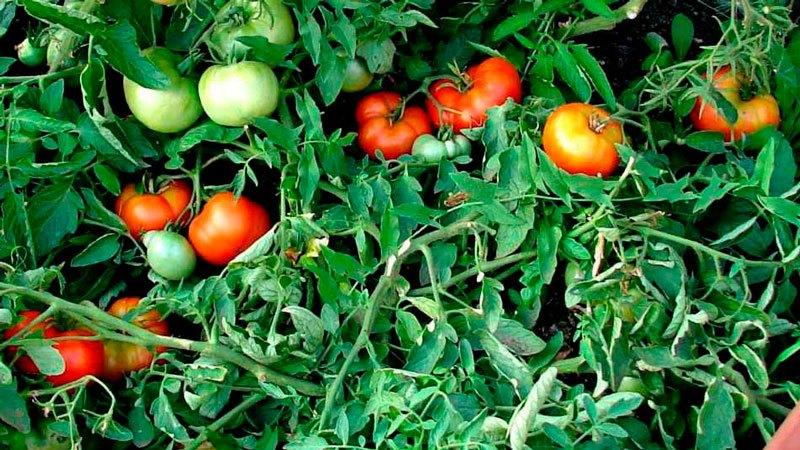
Stepsoning
Competent and experienced tomato growers believe that tomatoes absolutely need pinching. They call it the process of removing additional shoots of the stem that are formed in the axils between the trunk and leaves of a tomato. The plants are inspected and the stepsons are plucked out with fingers.
Attention! If you remove the shoots in time, this will save the plant’s energy for growth and increase the quality of the harvest.
Top dressing
Fertilizing tomatoes increases productivity. It has been experimentally proven that when feeding tomatoes, you can harvest 20% more fruits than without it.
Three phases of tomato development in which fertilizing is done:
- The appearance of buds.
- Bloom.
- Fruit ripening.
There are two types of fertilizers:
- root (fertilizer is applied to the ground under the root of the tomato);
- foliar (the aerial part of the tomato is sprayed with a liquid fertilizer solution).
To increase productivity, tomato bushes are sprayed with a solution of boric acid (half a teaspoon per 10 liters of water).
Root feeding with yeast starter gives a good effect. To do this, ferment 100 g of fresh baker's yeast at room temperature with half a glass of sugar and two and a half liters of water. After fermentation is complete, the mixture is diluted at the rate of a glass of mash per bucket of water. The solution consumption is one liter per bush.
Removing leaves
You will need to remove leaves when the plants have grown greatly and their leaves begin to come into contact with each other or with the ground. Why pruning leaves is recommended:
- so that there is no transmission of diseases or pests between neighboring tomatoes;
- so that diseases do not develop on leaves in contact with the ground;
- to improve air circulation;
- so that the sun's rays penetrate better between the tomatoes;
- so that the plant’s strength and all nutrition go into the fruits, and not into the leaves.
Important! Until the fruit has set in the tomato cluster, you cannot remove the leaves above the cluster.
Leaves are pruned in dry weather. The plants are not watered immediately after pruning. This is done so that the wounds have time to dry and do not become a source of infection.
Protection from diseases and pests
The main way to combat diseases and pests is prevention. And it lies, first of all, in proper tillage of the soil before planting tomatoes. Before planting, the soil must be disinfected with boiling water or a solution of copper sulfate. Also, for preventive purposes, before planting seedlings, some gardeners advise adding a tablet of the special drug “Glyokladin” to the hole.
If pests, such as spider mites or caterpillars, appear on growing bushes, spraying with infusions of garlic or wormwood (200 g per liter of water) will help.
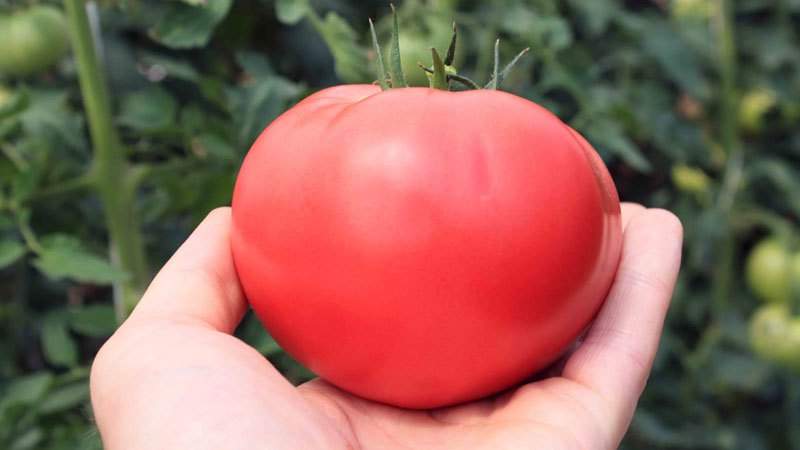
What to plant after tomatoes
In order for the harvests in the garden to always be good, it is important to alternate crops in the beds (follow the rules of crop rotation). Tomatoes can be planted in the same place no earlier than after three to four years.
In the place where the tomatoes grew, according to the rules of crop rotation, you can plant:
- legumes (peas, beans and etc.);
- cucumbers, zucchini;
- all types of cabbage;
- parsley, celery, lettuce, radishes;
- carrots, beets.
Conclusion
You can grow tomatoes on your own plot either in open ground or in a greenhouse. The key to a good tomato harvest is proper plant care. Do not neglect either pre-sowing soil treatment or seed disinfection. This is the basis for growing healthy plants.
If you follow all the care methods - feeding, watering, pinching and tying - the tomatoes will delight you with excellent harvests.